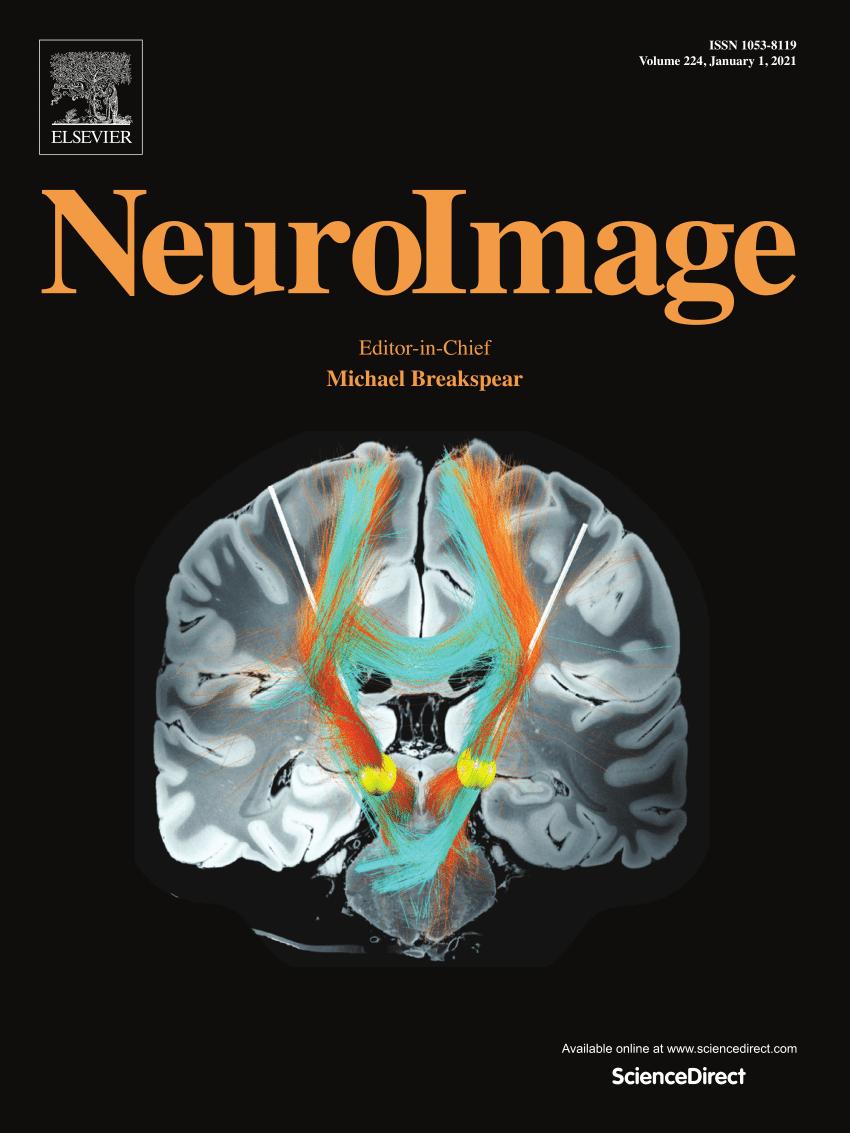使用多模态机器学习方法预测失语严重程度
IF 4.5
2区 医学
Q1 NEUROIMAGING
引用次数: 0
摘要
本研究采用T1结构、弥散张量成像(DTI)和静息状态功能磁共振成像(rsFMRI)等多种神经成像方法,对76例脑卒中后失语症患者的失语症严重程度进行预测。我们采用支持向量回归(SVR)和随机森林(RF)模型,并结合监督特征选择和堆叠特征预测方法。SVR模型优于RF,平均均方根误差(RMSE)为16.38±5.57,Pearson相关系数(r)为0.70±0.13,平均绝对误差(MAE)为12.67±3.27,而RF的RMSE为18.41±4.34,r为0.66±0.15,MAE为14.64±3.04。静息状态的神经活动和结构完整性成为失语严重程度的关键预测因素,在SVR和RF的预测组合中均出现在前20%。最后,特征选择方法揭示了两个半球和同源语言区域之间的功能连接对于预测失语症患者的语言结果至关重要。仅使用单一模态的模型与最优多模态SVR/RF模型(包括静息状态连通性和结构信息)之间的性能差异具有统计学意义,这表明失语严重程度受病变位置和体积以外的因素影响。这些研究结果表明,综合多种神经成像方式可以增强对失语症语言预后的预测,而不仅仅是损伤特征,从而为个性化康复策略提供信息。本文章由计算机程序翻译,如有差异,请以英文原文为准。
Aphasia severity prediction using a multi-modal machine learning approach
The present study examined an integrated multiple neuroimaging modality (T1 structural, Diffusion Tensor Imaging (DTI), and resting-state FMRI (rsFMRI)) to predict aphasia severity using Western Aphasia Battery-Revised Aphasia Quotient (WAB-R AQ) in 76 individuals with post-stroke aphasia. We employed Support Vector Regression (SVR) and Random Forest (RF) models with supervised feature selection and a stacked feature prediction approach. The SVR model outperformed RF, achieving an average root mean square error (RMSE) of , Pearson’s correlation coefficient () of , and mean absolute error (MAE) of , compared to RF’s RMSE of , of , and MAE of . Resting-state neural activity and structural integrity emerged as crucial predictors of aphasia severity, appearing in the top 20% of predictor combinations for both SVR and RF. Finally, the feature selection method revealed that functional connectivity in both hemispheres and between homologous language areas is critical for predicting language outcomes in patients with aphasia. The statistically significant difference in performance between the model using only single modality and the optimal multi-modal SVR/RF model (which included both resting-state connectivity and structural information) underscores that aphasia severity is influenced by factors beyond lesion location and volume. These findings suggest that integrating multiple neuroimaging modalities enhances the prediction of language outcomes in aphasia beyond lesion characteristics alone, offering insights that could inform personalized rehabilitation strategies.
求助全文
通过发布文献求助,成功后即可免费获取论文全文。
去求助
来源期刊

NeuroImage
医学-核医学
CiteScore
11.30
自引率
10.50%
发文量
809
审稿时长
63 days
期刊介绍:
NeuroImage, a Journal of Brain Function provides a vehicle for communicating important advances in acquiring, analyzing, and modelling neuroimaging data and in applying these techniques to the study of structure-function and brain-behavior relationships. Though the emphasis is on the macroscopic level of human brain organization, meso-and microscopic neuroimaging across all species will be considered if informative for understanding the aforementioned relationships.
 求助内容:
求助内容: 应助结果提醒方式:
应助结果提醒方式:


